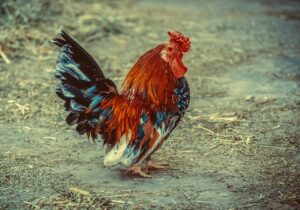Bird flu, or avian influenza, has re-emerged in headlines, raising concerns about its potential impact on humans. The virus, primarily affecting birds, has been around for decades, but its recent resurgence is causing alarm among health officials worldwide.
The culprit is the H5N1 strain, which has been spreading rapidly among wild and domestic bird populations. Unlike seasonal flu, bird flu doesn’t usually infect humans—but when it does, it can be deadly. The latest concern comes from reports of the virus jumping into mammals, including dairy cows and big cats in captivity. This is a red flag for virologists because it suggests the virus is mutating in ways that could make human infections more likely.
So why is bird flu back in the spotlight now? Experts point to the increased movement of wild birds due to climate changes and the rapid expansion of poultry farms, creating more opportunities for the virus to spread. Additionally, the sheer number of outbreaks has given the virus more chances to evolve, increasing the risk that it could one day jump to humans more easily.
For now, the risk to the general public remains low, with only a handful of human cases reported. However, scientists are closely watching the situation, knowing that flu viruses can change quickly. If bird flu mutates in a way that allows it to spread from person to person, it could pose a serious pandemic threat. For now, the key is vigilance, research, and preparedness.









I Enjoy You Writing About True Things That Have Happened In The World